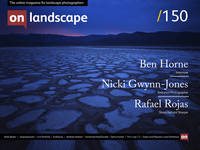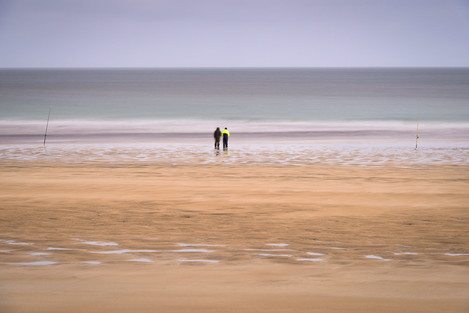Matching Intent & Objective

Rafael Rojas
Rafael Rojas (Master Hasselblad 2014, MA Photography, ARPS), is a Swiss and Spanish full-time artist photographer, lecturer, author, and creativity mentor.
He has been involved in teaching most of his life, first helping young students, then teaching undergrads, and later as a university lecturer.
Nowadays, his teaching activities focus on helping photographers see the world with different eyes and use photography as a tool of personal and creative expression.
After seven years of work, the MasterCOURSE “Photography with Intent”, an intensive mentoring program for Expressive Photographers, has become the apex of his teaching career and his utmost contribution to the Community of Photographers.
As I write this, I investigate the options to update some of my lenses in order to squeeze all the detail that my new Nikon D850 seems to be able to resolve. And yet, I am not at all convinced I need any more sharpness or perfection in my images... In fact, rather the contrary, as I feel my work has been evolving into a more pictorialist realm these last few years.
That being said, this thought reminded me that these concerns about quality being systematically associated to sharpness are frequent within the community of landscape photographers. Why is it that we are so easily sucked into the need of making always sharper and sharper images?
It cannot be denied that we can always soften sharp images, but more difficultly sharpen fuzzy ones. Seen from this side, obtaining sharp images with good lenses and cameras gives us the luxury of flexibility. Indeed, when starting out with sharp images, we can decide later on how to print and present our images without being limited by a lack of definition. We can also make bigger extrapolations (resampling) and print larger before the artifacts and lack of sharpness start to make our images fall apart.
With this article, I do not intend to embark on technical discussions about the physics behind the concept of sharpness, visual acuity and resolution. Instead, I would like to consider the well established idea that sharper is always better and whether we could adopt an alternative qualitative measurement system instead.


